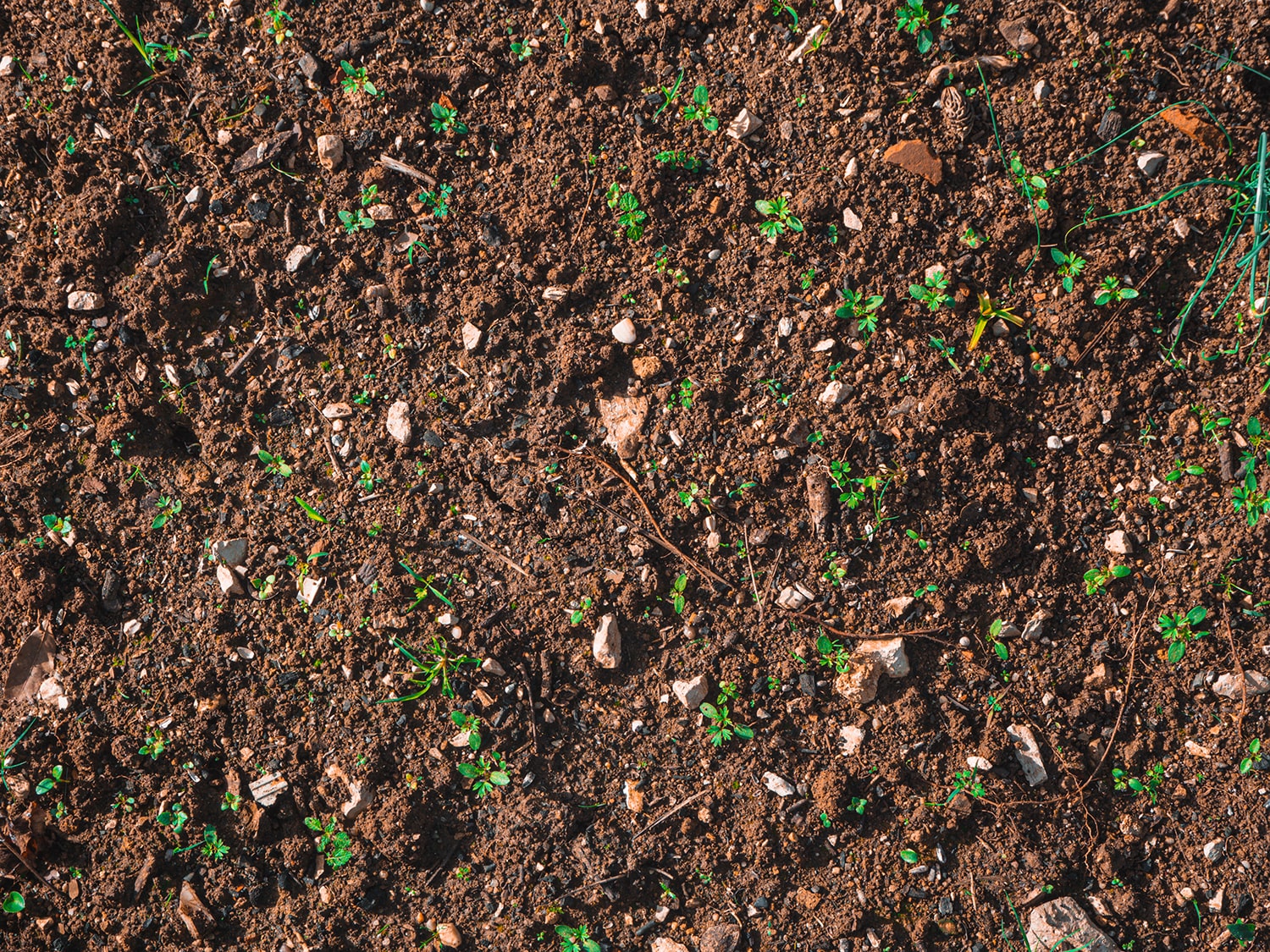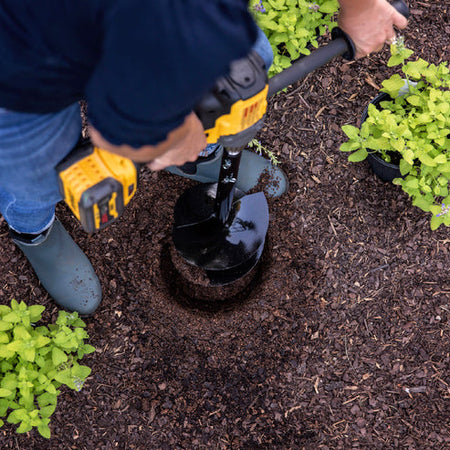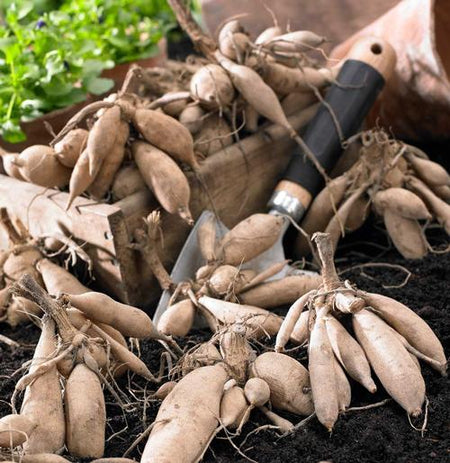Plants receive the bulk of their nourishment from soil. Simply put, the healthier the dirt, the more support it provides. To give seeds the best environment to grow, your soil should be full of the elements plants need to thrive, such as organic matter, nutrients, water, and air. When prepared properly, soil continues to improve and fuel plants each year; when neglected, it tends to become useful only to weeds.
When you have rich earth, you can cultivate bigger, stronger plants using fewer fertilizers and pesticides. That’s why learning how to prepare soil for a garden will save you the headaches and hassles of extra work come growing season.
Tips on how to prepare soil for a garden
To prepare soil for planting, take action in the spring or fall when soil is most stable and amenable to any necessary fertilizers or abrupt weather changes. Here are six tips to keep in mind:
- Test the soil. It’s important to first run a soil test to learn its pH levels, as well as levels of magnesium, phosphorus, calcium, potassium, and nitrogen. Typically, you want a pH level between 6.5 and 6.8. Plants in soil environments either below 6.0 (too acidic) or above 7.0 (too alkaline or sweet) may have a hard time absorbing the nutrients they need.
In addition to conducting a soil test, examine its texture. If it’s sandy, it is likely low in nutrients. If it’s heavy and clay-like, it may not allow roots to spread. Dense, silty soils are the most fertile.
- Till the ground. To loosen the soil and prepare it for seeds, till it as deeply as you can, aiming for at least 8 to 10 inches. It’s best to tackle this project when the soil is moist but not wet; if it’s too wet from recent rain, tilling can actually roughen it.
- Add amendments. If your soil testing revealed acidic or alkaline soil, you can correct the pH with amendments to improve its water absorption and retention. Try increasing the pH with lime or lowering it with sulfur. Amendments can even improve your soil’s nutrient deficiencies: Bone meal or soft-rock phosphate help boost phosphorus while blood meal or alfalfa meal can increase nitrogen.
- Add compost. Compost, like leaves and food scraps, offers abundant nutrients, improves soil structure, and helps retain water. In the fall, work an inch or two of compost into your garden beds and spread it around on top as well. Then, as you prepare to plant in the spring, till the compost into the soil and place a handful into each soil hole.
- Rake the soil. Before planting, it’s important to rake and level the ground to loosen the soil, making it easier for plants to grow. Remove any sticks, rocks, or debris that can hinder plants from reaching necessary nutrients.
- Prepare rows. In most gardens, raised rows offer a variety of benefits, including improving drainage, allowing more air to enter the soil, protecting plants during periods of high rainfall, and providing furrows for irrigation. Fortunately, the right tools, such as a garden auger, can make digging holes and tilling raised rows even simpler. Use a large auger to drill throughout the beds — aiming to create beds that are 8 to 10 inches higher than the surrounding soil and at least 36 inches apart. Fill the beds with organic materials first, then topsoil, and finally compost. Let the rows settle before planting. You may also want to fertilize regularly to boost nutrition and increase your garden’s yield.
Now that you better understand how to prepare soil for a garden, you’ll be ready come planting season. Simply place seeds on top of the prepared rows and add mulch to moderate the soil temperature, prevent soil compaction, and minimize weed growth. Then, each year, re-evaluate your soil to ensure it is in top condition for thriving plants.







